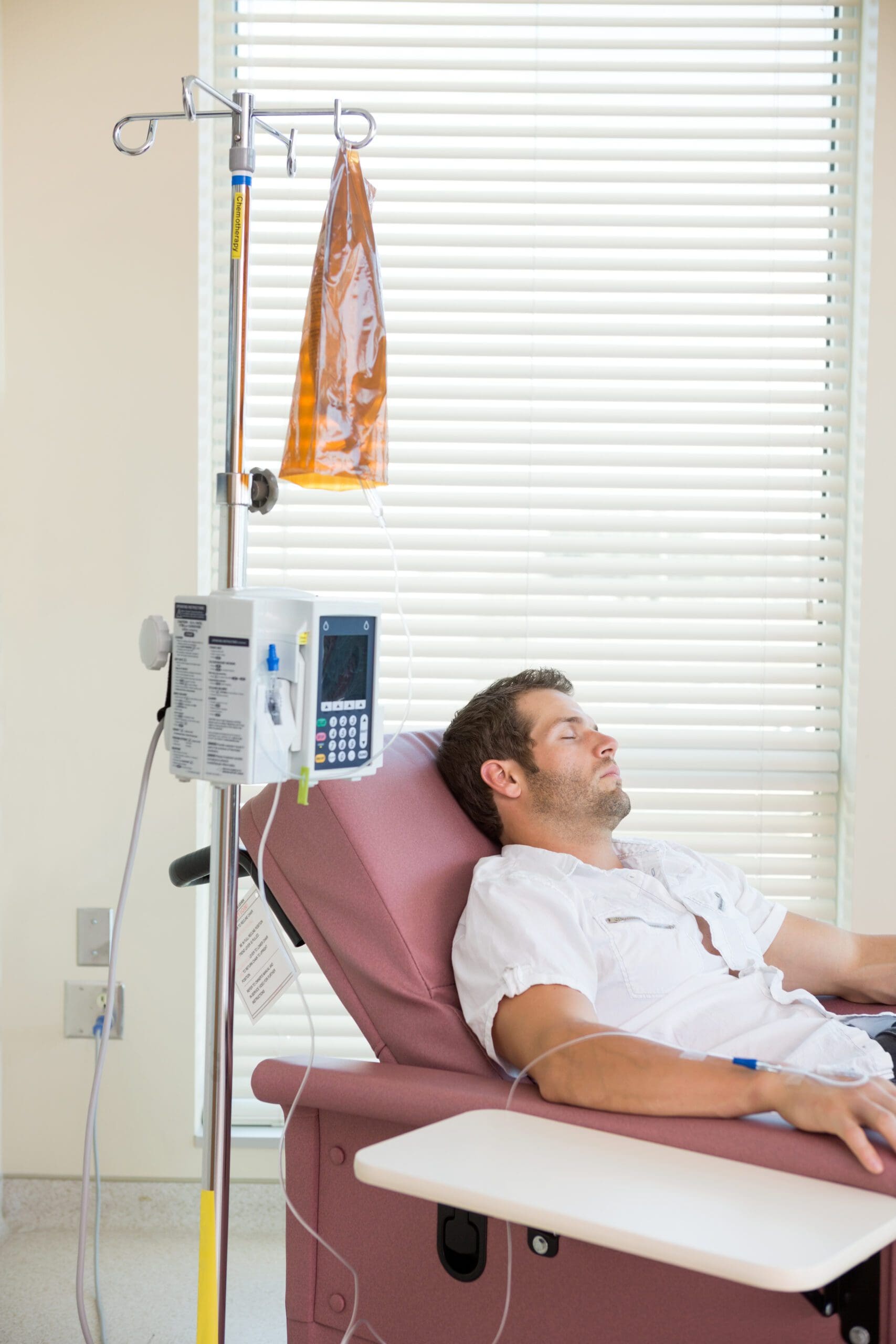Auto Accident Legal Matters
Contact an experienced attorney immediately if you have been injured in a car crash. Your attorney will explain your rights and help you get the compensation that you are entitled to.
All drivers are responsible for adhering to traffic laws. They are held accountable if breach this duty and cause harm.
Damages
In general, there are two types of damages that can result from a car crash. The first, called special damages, have a clear dollar amount that is easy to calculate. Special damages include medical bills as well as lost wages and vehicle repairs. The second type, referred to as non-economic damages, are more difficult to quantify. They include things like pain and suffering.
In order to receive compensation for non-economic losses it is necessary to to prove that the injuries suffered were serious enough to warrant such an award. This is a difficult job and the person who was injured should be represented by an attorney.
Loss of enjoyment is among the most frequently reported non-economic damages. This is usually a financial amount that indicates a decreased quality of living as a result accident-related injuries. This can include the inability of the victim to participate in activities that were once enjoyable like driving.
In a few cases victims may be capable of suing for punitive damage. This kind of compensation is designed to punish the defendant and deter any future actions which are as indecent. Punitive damages may not be available in all cases. A successful claim will require evidence that the defendant acted with conscious disregard for the safety of others.
Liability
If you are injured in a car accident the person or organization responsible for your injuries is liable to compensate you. This includes money for medical expenses and property damage, as well as loss of income, and other non-economic injuries like suffering and pain. In most cases, this is the driver who caused the crash. It is not uncommon for the two drivers to share blame. Certain states have what are called comparative negligence laws where jurors will determine the percentage of fault each driver is responsible for and adjust the damages awarded accordingly.
It is vital that you demonstrate what transpired to an insurance company, or to a jury or judge. This is referred to as the burden of proof. The plaintiff is responsible for the burden of proof. You must present evidence to prove that your accident occurred.
Another kind of case that can be brought is when a government entity is responsible for the accident. This can occur when a roadway isn't properly constructed or maintained, and this contributes to an accident. These are also referred to as road defect cases. These types of claims can also be brought by manufacturers. They may be held accountable for the defects in brakes, tires and mechanical failures.
At-fault driver citations
Most of the time, police officers can determine who caused the accident by looking at the scene of the crash and questioning witnesses. If they believe a motorist is in violation of traffic laws, they could issue a ticket. Insurance companies also look at police reports to determine the cause of the incident.
Following an accident, it's normal for drivers to point fingers at each other. But, this can be detrimental. This may not only give the other driver a bad impression however, it could also lead to you admitting guilt in court.
The majority of car accidents involve two or more persons who share a certain amount of fault. This is the reason that most states use modified comparative blame rules that allow the claimant to claim damages less their percentage of fault. A traffic citation may be used by an insurance adjuster to increase the percentage of claimant blame in an accident. This can reduce the possibility of a payout for injuries.
The the fact that a person is cited after a car accident may be a strong proof that they caused the crash. However, it is not a guarantee of the outcome of an injury lawsuit. Depending on the circumstances of your case you may require other forms of evidence to prove the negligence of another driver caused you harm. Witness testimony, evidence at the scene of an accident and medical records to prove your injuries.
auto accident attorney syracuse reports

When law enforcement officers visit the scene of a car crash, they will fill out an official police report. The reports contain both the details and opinions noted by the officers on the scene at the time the incident occurred. This is an important document for any auto accident claim. Insurance companies will also look over the report for fault and compensation.
Depending on the area of jurisdiction, police reports can be admissible in court or not. The police report contains statements from people who aren't sworn in as witnesses. In order for these statements to be used in a legal proceeding, they must fall under one of the exemptions to hearsay law.
A typical report from a police officer includes information regarding the driver, the vehicles as well as the victims of the crash, in addition to the details of the incident and any evidence discovered at the scene. A majority of police reports contain an officer's opinion on the reason for the accident, and who is at fault.
Even if there is no indication that you are injured, it is still recommended to submit a police accident report, even if the accident seems to be minor. Some injuries don't show up in a hurry and having a thorough record can make a big difference in getting you the amount you are due for medical expenses.
